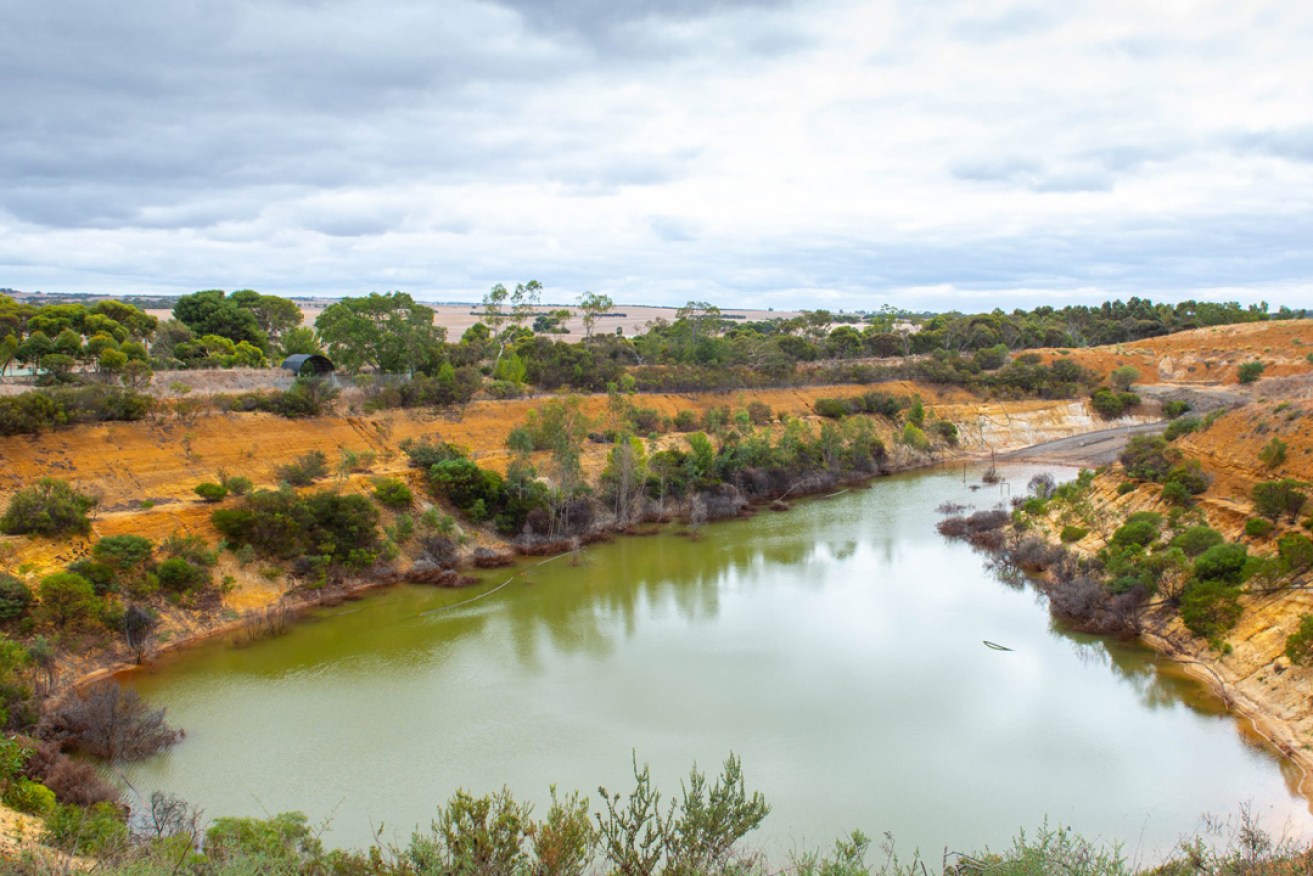Canadians pull plug on Strathalbyn energy storage project
The Canadian company behind a $30 million project to build Australia’s first compressed air renewable energy storage facility in a disused mine near Strathalbyn has abandoned its plans.


The flooded former Angas zinc mine near Strathalbyn had been earmarked for a $30 million renewable energy project. Picture: Supplied
The project was announced in February 2019 and was set to be established at the mothballed Angas Zinc Mine, about 60km southeast of Adelaide.
It would have produced 5MW of output with 10MW/h of storage.
But Toronto-based company Hydrostor recently advised the former mine’s owner Terramin Australia that it will not be proceeding with the project, which had attracted $3 million in funding from the State Government’s Renewable Technology Fund and a further $6 million from the Federal Government’s Australian Renewable Energy Agency (ARENA).
The Strathalbyn project was touted as a commercial demonstration plant and a forerunner to other Hydrostor compressed air renewable energy storage facilities in Australia.
Hydrostor did not respond to requests for comment on the project but Terramin executive officer Martin Janes confirmed that the two companies had agreed to terminate their agreements.
“Terramin understands that a combination of higher than expected electricity grid usage charges and capital expenditure costs along with COVID-19 disruptions have made the project very challenging and Hydrostor have decided to focus on larger overseas projects,” Janes said in a statement to InDaily.
“Whilst Terramin is disappointed with this outcome, it has little impact on Terramin and our core projects. We wish Hydrostor the very best in the development of their exciting technology.”
Terramin began construction of the mine and associated processing plant about 2km from Strathalbyn in 2007 and mined its first ore there in 2008.
The mine was placed in care and maintenance in late 2013 as a result of a prolonged drop in metal prices and the current economic reserve being depleted.
In order to preserve capital infrastructure, the majority of underground fixed plant was removed and stored on the surface.
All underground pumps have been removed to allow groundwater levels to recharge to natural levels.
The flooded mine was a key factor in the site’s initial selection by Hydrostor.
The technology works by using electricity from the grid to run a compressor, which produces heated, compressed air.
The air is then pumped into a cavern deep underground – displacing water into an above-ground reservoir – and kept at constant pressure.
When power is required, hydrostatic pressure is used to force water back into the cavern and push the compressed air up to the surface, where it is reheated and expanded through a turbine to generate energy.
Terramin has earmarked the decommissioned processing plant at the Angas Zinc mine to be reopened to process ore from its proposed Bird-in-Hand Gold Project near Woodside in the Adelaide Hills.
The publicly-listed company is currently working with stakeholders to progress the project to begin the staged approval process which will potentially lead to a mining lease approval.
Terramin is also investigating the use of in-situ recovery (ISR) technology at the Kapunda Copper Mine and holds a 65 per cent share in a project to develop a zinc mine in Algeria.




